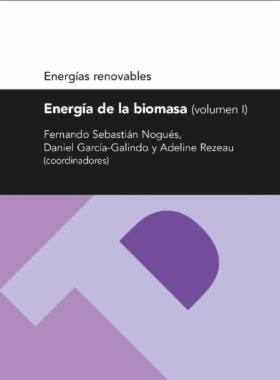
Estás filtrando por
Se encontraron 409 resultados en recursos

Compartir este contenido
Energía de la biomasa (volumen I)
Copia el enlace o compártelo en redes sociales
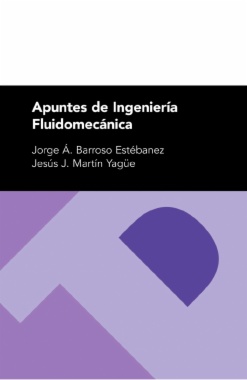
Apuntes de ingeniería fluidomecánica
Compartir este contenido
Apuntes de ingeniería fluidomecánica
Copia el enlace o compártelo en redes sociales
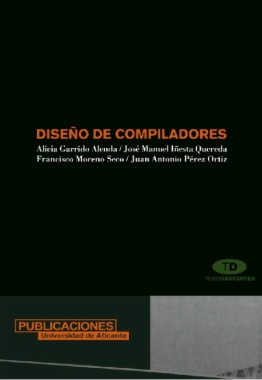
Diseño de compiladores
Compartir este contenido
Diseño de compiladores
Copia el enlace o compártelo en redes sociales

Gerencia de la construcción : Guía para profesionales
Compartir este contenido
Gerencia de la construcción : Guía para profesionales
Copia el enlace o compártelo en redes sociales
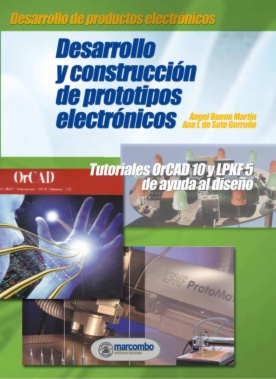
Desarrollo y construcción de prototipos electrónicos : Tutoriales OrCAD 10 y LPKF 5 de ayuda al diseño
Compartir este contenido
Desarrollo y construcción de prototipos electrónicos : Tutoriales OrCAD 10 y LPKF 5 de ayuda al diseño
Copia el enlace o compártelo en redes sociales
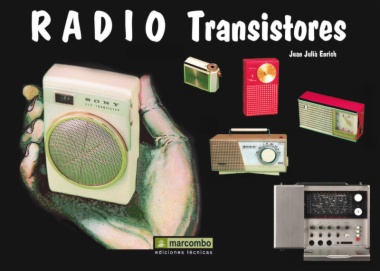
Radio Transistores
Compartir este contenido
Radio Transistores
Copia el enlace o compártelo en redes sociales

El fuego y sus implicaciones en la industria
Compartir este contenido
El fuego y sus implicaciones en la industria
Copia el enlace o compártelo en redes sociales
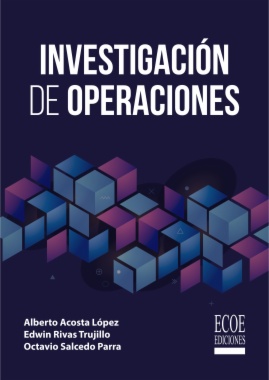
Investigación de operaciones
Compartir este contenido
Investigación de operaciones
Copia el enlace o compártelo en redes sociales
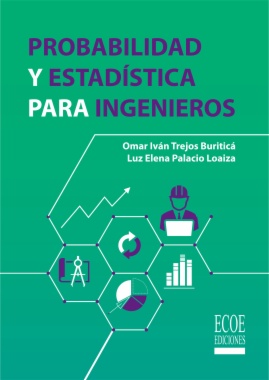
Probabilidad y estadística para ingenieros
Compartir este contenido
Probabilidad y estadística para ingenieros
Copia el enlace o compártelo en redes sociales
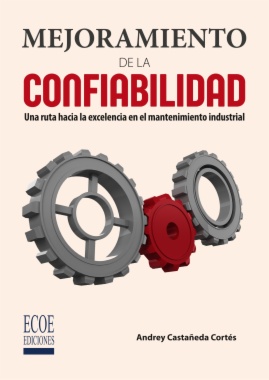
Mejoramiento de la confiabilidad
Compartir este contenido
Mejoramiento de la confiabilidad
Copia el enlace o compártelo en redes sociales
Selecciona las Colecciones en las que vas a añadir el contenido
Para consultar los contenidos añadidos busca la opción Tus colecciones en el menú principal o en Mi perfil.
